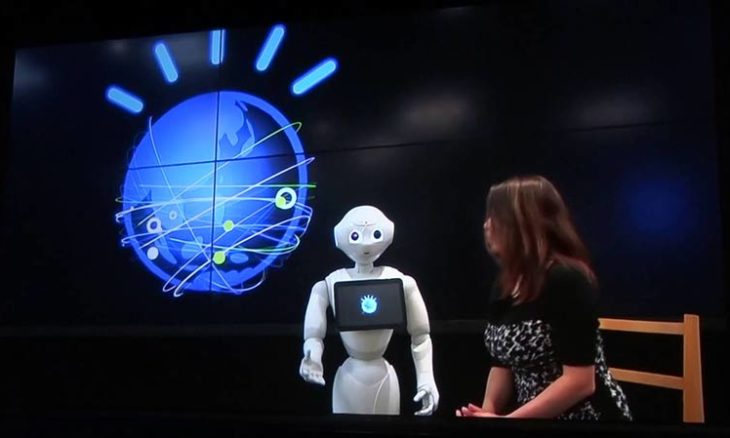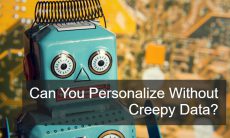We’ve arrived at another cultural assimilation – the point at which a new concept or technology becomes absorbed into the social fabric as something that’s new and interesting and soon to be taken for granted.
I remember when I started talking about social media after I co-founded the social media platform Ourmedia in 2005. Almost nobody had heard of the term back then. By 2007, social media had started gaining widespread uptake, and by 2008, you’d hear occasional references to the phrase on television newscasts and in prime time. Today it’s become a tired catch phrase on the cable news shows.
Mobile, smartphones, virtual reality – each term underwent its own quick adoption curve in recent years, joining the national lexicon and our common tongue.
Now we’ve reached that point with artificial intelligence. Toss out the term “AI” a couple of years ago and people might wonder if you were talking about an action item, artificial insemination or American Idol.
No longer. AI has powered its way into the popular consciousness, partly on the strength of countless news reports about the coming jobs apocalypse, partly because of pop culture references, and partly due to those ubiquitous IBM Watson commercials.
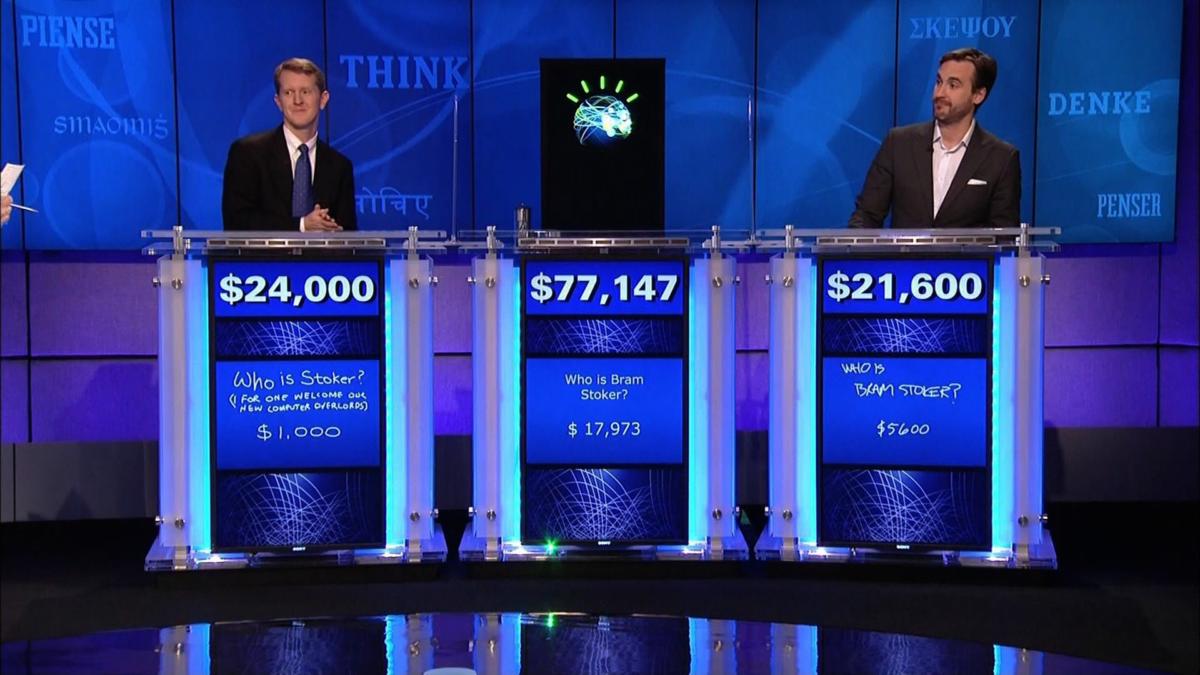
AI has morphed from the stuff of science fiction (2001, Terminator, Ex-Machinima) to the here and now. AIs are kicking the asses of the world’s top human players in chess, Go and Jeopardy. But they come in peace, too (we hope). AI has become an integral part of modern businesses, not only at IBM but in everything from TD Bank’s use of AI for its mortgage loan processing to Facebook’s use of AI to fine-tune your news feed.
All of which is fine and dandy, but it still begs the question: When can I bring home my own personal AI?
Well. There are several ways this can go.
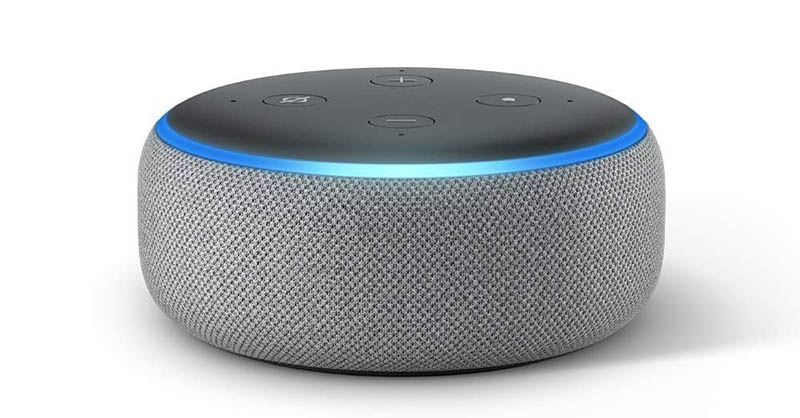
The most mundane scenario starts with the forerunner model that may already be sitting in your living room or nestled in your smartphone. The tech giants—Amazon, Apple, Google, Facebook, Microsoft—are pouring billions into AI research and coming out with smart products that are slowly taking over the home and evolving into something … short of true AIs.
“Virtual assistants” such as Amazon Echo, Google Home and Apple HomePod have come under scrutiny in the past year after mishaps in which private conversations were recorded and sent to outsiders. All three companies have strict policies in place to prevent these devices from recording ambient conversations. Same with Apple’s Siri, Google Assistant and Microsoft Cortana on your smartphone. But mistakes happen.
Still, we’re a long way from these consumer devices turning into personal AIs. They’re not autonomous, they don’t self-improve (a feature of true AIs) and, most importantly, they answer to the mother ship, not to your commands.
So what are the prospects for a true personal AI that you might be able to get your hands on one day?
Smart robots
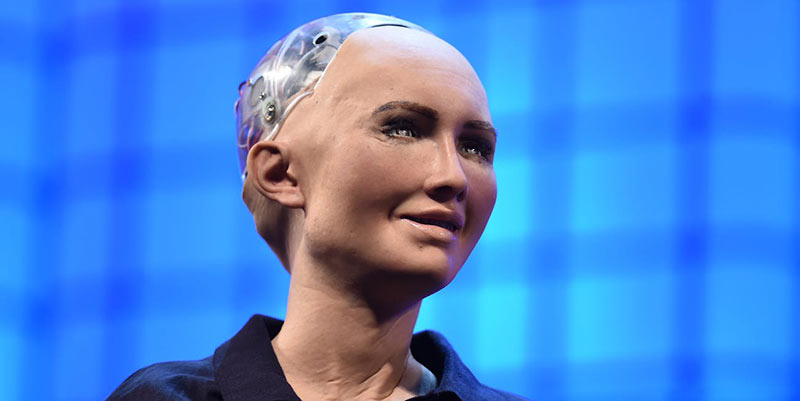
Researchers at a number of labs are developing a broad range of AI-powered robots, and you’ll see them trotted out on stage at tech events. The vision is to create an anthropomorphic robot with the know-it-all capabilities of an IBM Watson. But as news report makes clear, just getting a robot to fold a shirt is a huge undertaking. So don’t hold your breath for smart robots coming to a household near you anytime soon.
Anime-inspired holograms
How about an AI in a box? The Japanese messaging company Line (200 million monthly active users) and its Korean parent company Naver have acquired a technology called Gatebox that makes an AI-powered hologram (some folks dubbed it a “virtual home robot,” but that’s a misnomer; it has no physical parts).
The developers at Gateway created a technology that let you summon your favorite anime character inside a Gatebox device and communicate with it. The tech seems to be aimed at the lonely coder boy market. And while you can no doubt customize your hologram—maybe even dress her up in a favorite outfit—I’m guessing these projections don’t exactly have Watson’s smarts.
But we’re in early days. The ick factor aside, you can see a potential market for this, as the maker’s database gets richer, as the licensing rights get sorted out (hello, Scarlett Johansson aka Black Widow)—and as the technology continues to make us more detached from the real world.
A personal AI via smartglasses

Now, let’s look at Door No. 3. In my new high-tech thriller Catch and Kill, the protagonist Kaden Baker is a world-class hacker who develops her own personal AI. And for a change, the AI is on the side of the good guys.
Kaden spends weeks developing her AI, which she and her friends can only see with their smart glasses or smart contacts. She chooses to bring her to life in the form of her hero, Amelia Earhart.
Here’s an excerpt from Chapter 12 of Catch and Kill:
Kaden asked the waitress for the Wi-Fi password then turned back to her friends. “You know how most people just settle for outfitting their personal AIs with off-the-shelf templates to look like wizards, robots, baby dragons, cats? As if their AI were some kind of damn pet?”
This was one of her pet peeves. The personal AI revolution was off to a ragged start. Most people still talk about artificial intelligence as if it had to come wrapped inside a robot or device, but that never made sense to Kaden. Why have any hardware at all? All you needed was code, the cloud, and some visualization software.
She nudged their table a few inches away to keep the conversation to just her, Nico, and Annika.
“You know how much I’ve always loved Amelia Earhart.”
“Yeah, you worship her.” Nico began reciting from memory. “First woman to fly solo across the Atlantic. First woman to fly coast to coast nonstop. First cross-dresser to win the Distinguished Flying Cross—”
“She was a risk taker,” Kaden cut him off. No dissing Amelia tonight! “Always searching for something just out of reach. Never fit in her time.”
“Like someone else we know,” Nico said.
Kaden nodded. “I’ve been working on the code for years but only deployed Amelia six weeks ago. Decided to make her lifesize even though it takes a ton more bandwidth. I wanted to do her justice. Used old newsreels to get her voice exactly right. Made sure her period outfits and expressions were authentic. Kept her running in the background, trusting her to use deep learning to self-improve.”
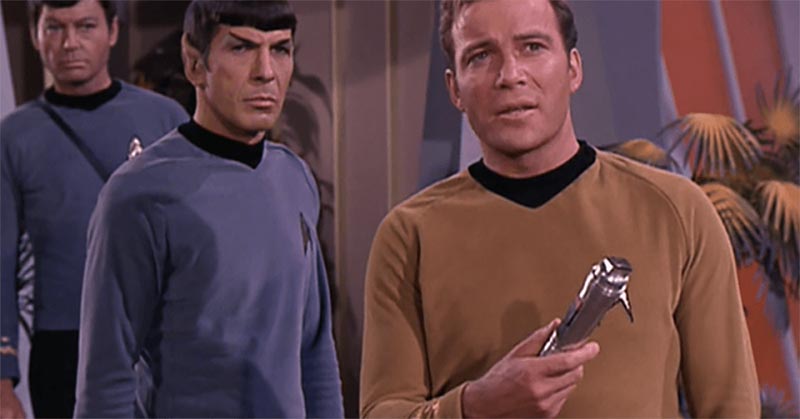
All manner of science fiction movies and novels depict AIs from the playing-hard-to-get Her to Arthur C. Clarke’s immortal HAL 9000. But I haven’t yet seen a personal AI brought to life as a historical figure. (Have you?) Isn’t it much more human to interact with an AI with a specific personality and distinctive appearance rather than a cold chunk of metal? I’m not sold on the idea that we’ll all have robot sidekicks when we can more easily don a pair of smart glasses and interact in a cheerful way with the AI of our choice.
Of course, the devil is in the details. How easy will it be for those of us who aren’t world-class hackers to program, personalize and tailor our own AI to suit our needs? How simple will it be to choose our companion’s avatar and have her/her/it not just give us driving directions but cheer us up when we’re down, to provide insights we need, maybe even to help us escape from a high-tech prison, as Amelia helps Kaden in Catch and Kill?
While it may still seem the stuff of science fiction, remember that cutting edge fiction shapes our future, from H.G. Wells’ conjuring’s of the laser to Jules Verne’s visions of the modern submarine to the universal translators of “Star Trek,” now the being developed at a tech company near you.
It’s anyone’s guess what form personal AIs will take, but it’s not a question of if but of when. What’s your best guess?
Editor’s Note: You can read the opening chapters of JD Lasica’s conspiracy thriller Catch and Kill for free on JD’s website at JDLasica.com. The book is available for sale on Amazon.

